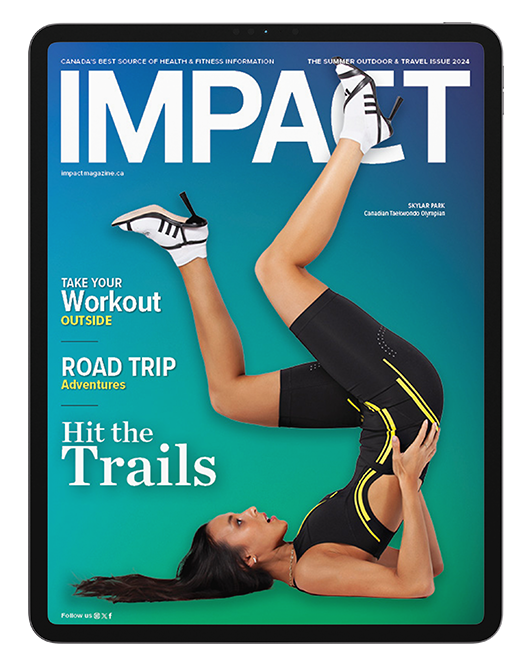You might associate the word “pleasure” with sex—how to have more passion, what to do to give your sex drive a boost, or how to spice things up. And these things can be true. But pleasure reaches so much further than just sex. Pleasure can also be found in indulging in reading a good book, enjoying a delicious meal, or spending time with a friend.
With this definition, you may be surprised to hear that a lack of pleasure is a large threat on our society today.
Anhedonia is a medical term referring to the inability to feel pleasure, and it is becoming more and more common among individuals, leaving them feeling exhausted, burnt out, depressed, and more joyless than ever. And it’s no wonder when you consider that today, we’re often racing around faster than ever before, numbing ourselves with social media, and losing important connections to loved ones because we’re preoccupied with other factors that are constantly pulling our attention in different directions.
Unfortunately, even once you identify that you’re experiencing anhedonia, simply being aware of the problem isn’t enough to fix
it. This is because as high-achievers, most of us have spent our lives in sympathetic nervous dysregulation (commonly referred
to as fight-or-flight) and our bodies have learned to be comfortable there. When our nervous systems are in sympathetic overdrive,
we literally cannot tolerate pleasure.
But what we can do is resensitize our mind and body to feel more pleasure—in every area of our lives. By training ourselves to feel again, and in turn experience pleasure, you can expect to be able to finally relax on vacation, be present enough to enjoy success in your achievements, feel confident accepting compliments, and even separate from numbing behaviours you’ve found yourself accustomed to.
Simple Ways to Feel More Pleasure and Joy
Here are a few simple yet effective ways to become more vulnerable, present, and aware of your feelings in your daily life and start resensitizing your body for more pleasure.
Slow Down
You might think that because you meditate or go to yoga that you’re slowing down, but that hour probably isn’t enough to calm your nervous system as much as you might think. Some signs you need to practice slowing down include constantly multitasking, thinking about your to-do list at all hours of the day, or feeling the need to speed up when you’re experiencing stress.
We stay busy to avoid feeling things. We sit on the couch and “relax” but instead of truly being present, we watch Netflix, eat, or drink that glass of wine we “need” after work. Going slow forces us to get acquainted with our feelings. Intentionally slowing down the way you walk, cook meals, or even kiss your partner will provide the pace needed to let your feelings come to the surface.

Unplug
Removing excess stimulation is a great idea for high achievers, because we are always plugged in, so our attention is constantly at the ready. Even when we’re driving, we’re listening to a podcast or making a work call. Unplugging means having time during your day where you would normally engage in scrolling or online shopping, and instead, you disconnect. You can start small–unplug and sit with your feelings for five minutes. Try to relax and do nothing. No phone, no numbing activities. Allow yourself to feel what comes up.
Movement
Implement a regular practice where you move your body in a way that feels good—this is key. This doesn’t just mean going to a workout class or forcing yourself to go on a walk. It’s about moving your body in a pleasurable way. It’s about checking in with yourself and asking, “How does my body need to be moved right now?” This could look different every day. Maybe it’s a good stretching routine or putting on a song you love and moving to it.
It may feel uncomfortable, but it’s not about doing it right—the goal is to do what your body needs.
Release Tension
Where in your body are you tense right now? It could be your neck, jaw, or pelvic floor. Strong emotions are stored in the body and can cause pain or tightness, and part of relaxing enough to experience pleasure involves releasing tension. This could be through interventions like massage and deep breathing. You can perform self-massage by finding a point of tension, applying gentle pressure, and feeling it release as you exhale. You may want to work with a professional, a pelvic floor physiotherapist, chiropractor, osteopath, TCM practitioner, etc., that is aware of these concepts and how the mind and body work together.
This article has been edited for length and republished with permission from thepleasurecollective.com.
Photography by Vicki Bartel
You may also like: Strength Training: Pump Iron to Boost Mood

Read This Story in Our 2024 Summer Outdoor & Travel Issue
Featuring Canadian Taekwondo Olympian, Skylar Park. Must-visit adventure destinations across Canada. Your best trail running season ever with FAQs and threshold training plans. How (and why) gravel biking can rule your summer. Essential preparation to stay injury-free during hikes. Zero-waste your hiking and camping trips like a pro. Treat yourself with a Rustic Strawberry Chocolate Tart or Dairy-Free Vanilla Ice Cream, and so much more.

















